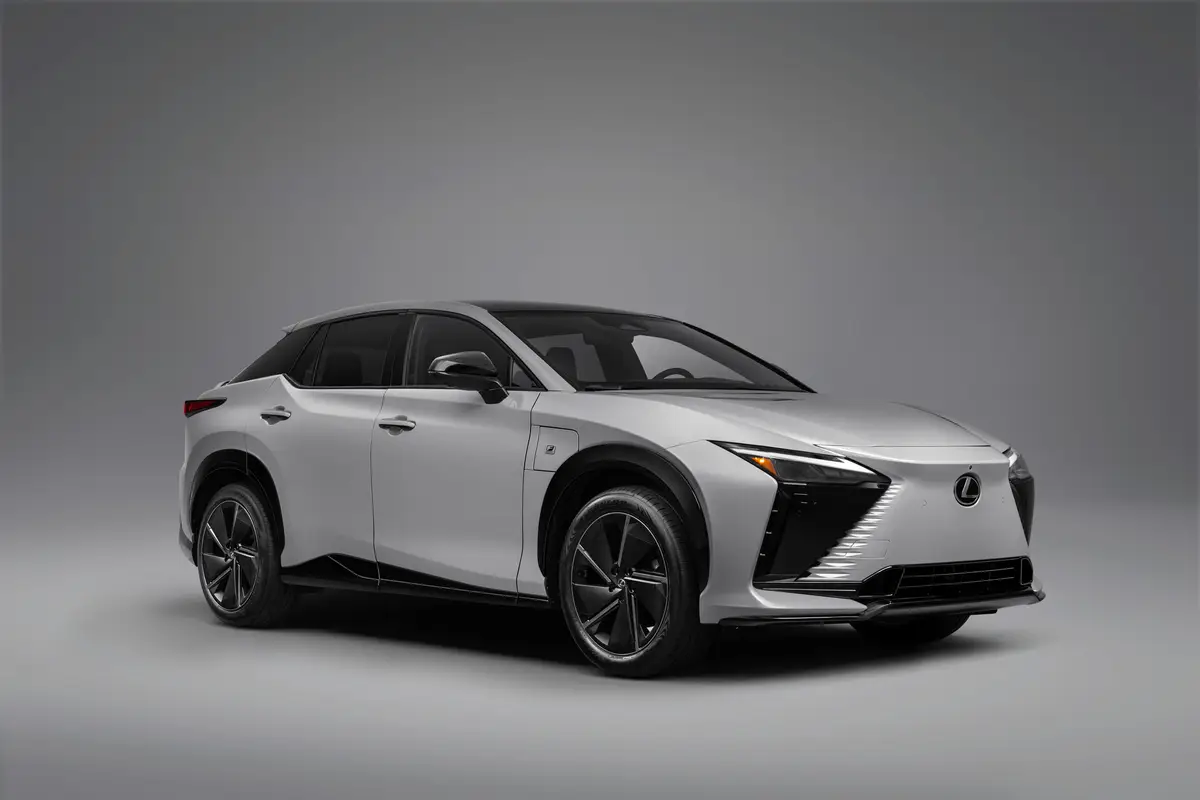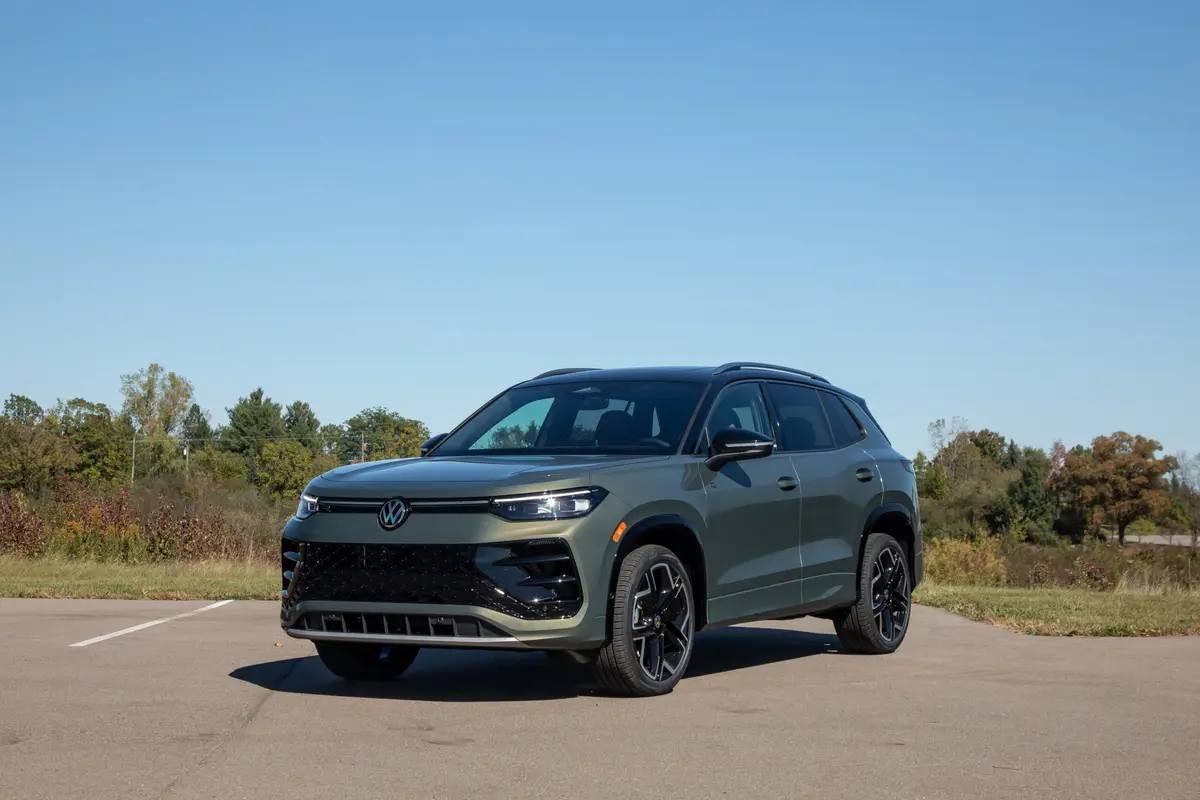washingtonpost.com's view
The Tata Group, a multinational conglomerate based in Mumbai, recently made what might be one of the best deals in automobile history.
Not only did Tata buy the Jaguar and Land Rover luxury brands for half of what Ford, their previous owner, paid for them. It also gained access to what arguably is one of the best Jaguar cars ever produced — the mid-size, rear-wheel-drive 2009 Jaguar XF sedan.
Had Ford developed the XF before its ill-advised, downscale market moves with the Jaguar S-Type and X-Type cars, both of which have been discontinued, it might’ve been able to make money with Jaguar and hold onto the brand. But that’s another story.
The focus here is the general excellence of the XF — with the notable exception of the egregious fuel consumption of the XF Supercharged model driven by me and my associate, Ria Manglapus, for a week. Our tab for premium unleaded gasoline purchased in the Washington-Baltimore area at current prices totaled $78.35.
That gas bill might not shock owners of full-size sport-utility vehicles. But this was a mid-size car, albeit one of seductively sporting performance. Luckily for Tata, the XF Supercharged is for people with royal pockets who, presumably, have no problems paying $4.21 per gallon for premium unleaded gasoline.
What is it they say about the rich? They are different from you and me. But even commoners can enjoy a brilliantly engineered car that speaks to Jaguar’s heritage of beauty, speed and sensuality with a modern voice. The car demands notice.
Its exterior is tightly hewn, muscular. Yet, it appears soft, touchable. You want to pet it. But its sloping front end and wide-mouthed grille suggest a more robust approach. It wants to be driven . . . but not right away.
Jaguar has long mastered the art of seduction — the ability to inspire human lust for a thing, thus imbuing the thing with personality and making it desirable beyond its actual worth. It is why Jaguar continued its existence while it was losing money under British ownership and why it kept motoring along under Ford, which fixed nearly all of Jaguar’s quality problems but never turned a profit on the billions of dollars it invested in the brand.
Sensuality, along with beauty and speed, are why there is a fanatical Nation’s Capital Jaguar Owner’s Club in the District of Columbia and dozens of other Jaguar clubs like it around the country.
“We’ve been waiting for a car like the XF,” said Michelle Dawson, spokeswoman for the District’s group. “Jaguar isn’t about entry-level,” she said, referring to the defunct S-Type and X-Type. “Jaguar is about the experience, the touch, the romance, the way the car makes you feel.”
Sit behind the steering wheel of the XF Supercharged. You are greeted by soft-grained leather, twin-needle stitched. There is a judicious sampling of wood veneer on the floor-mounted console, dashboard, and in the interior door panels. But aluminum dominates the theme, giving the interior an air of modernity without destroying Jaguar tradition.
Push the “start” button. A circular “drive selector” gently rises from the floor-mounted console. It is an electronic, drive-by-wire device, meaning that it is free of the cables and linkages found in traditional transmissions. Another thing at “start” — air vents, previously hidden in the dashboard, slowly turn upward. It is all motorized foreplay.
Turn the selector — that’s right, “turn” — from “park” to “drive.” The XF Supercharged’s 4.2-liter, 420-horsepower V-8 engine springs to life. That power, along with superior ride and handling, constitutes another kind of seduction — the urge to drive simply for the sake of driving, which is how we wound up paying $78.35 for a tank of premium gasoline.
Latest news



